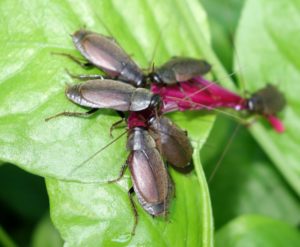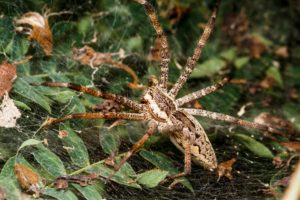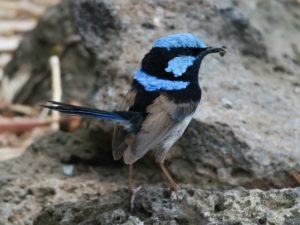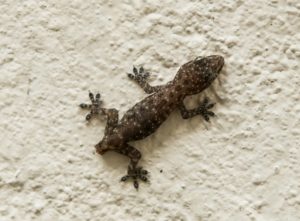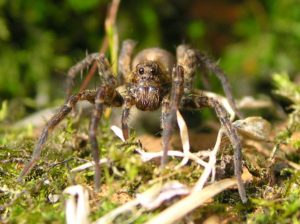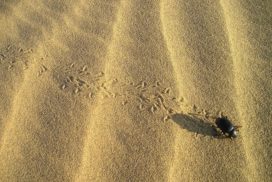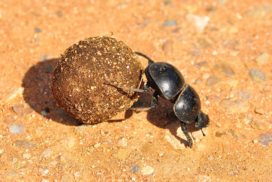JAPANESE BEETLES—HOW CAN YOU MINIMIZE THE DAMAGE ON YOUR GARDEN THIS SUMMER?
PICKS FOR YOU
The Japanese beetle (P. japonica) appears and feeds on rose, grape and other bushes during the summer months (May-July) and then disappears until the next summer.
Japonica is native in the far east of Russia and northern Japan. In the United States, the beetle is found in all states east of the Mississippi River, but possibly not in Florida. They measure about 1/2-inch long, and you can quickly identify them by their long legs, metallic blue-green bodies, bronze wing covers, and delicate layer of hair on the thorax.
Japanese beetles lay their eggs towards the end of summer, which hatch into larvae during winter. The grubs move near the surface to feed on roots in the spring and turn into pupae in early summer. The larvae are dirty-white in color, plump, with brown heads and grow up to 3/4 inch long.
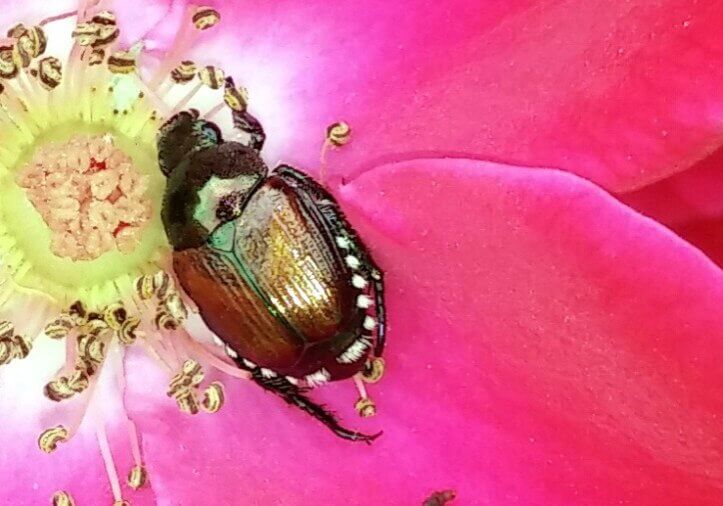
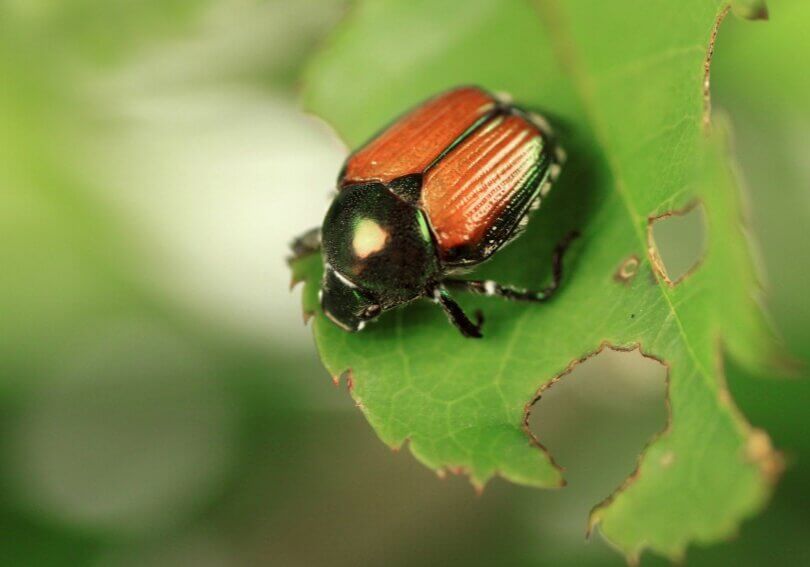
The beetles eat tree leaves and make them look skeletal, but they do not kill them. You can minimize the damage by removing the beetles manually every morning if you have enough volunteers. It is tedious work, and many do not want to do it.
Another way is to use beetle traps. They attract beetles using a scent that is sweet smelling to the insects. The disadvantage of its method of control is that you will end up with more beetles in your garden than usual, which eat your bushes before they enter the traps. With more beetles on your shrubs, the damage is worse.
The third option is to use insecticides. The problem with pesticides is that they also kill useful insects such as bees. If you must use insecticides apply them in the evening or early morning when bees and other flying insects are absent.
Sign up to learn about new articles!
Be the first to know when we post a new nuggets of wisdom on Zala Hub. Read exciting and educative articles about the natural world!
HOW DO DESERT BEETLES SURVIVE WITHOUT WATER? PICKS FOR YOU Many desert beetles, such as the Namib beetle, survive by…
Read MoreHow does a dung beetle navigate at night?
HOW DOES A DUNG BEETLE NAVIGATE AT NIGHT? Dung beetle with roll Dung beetle on top of a roll Some…
Read More